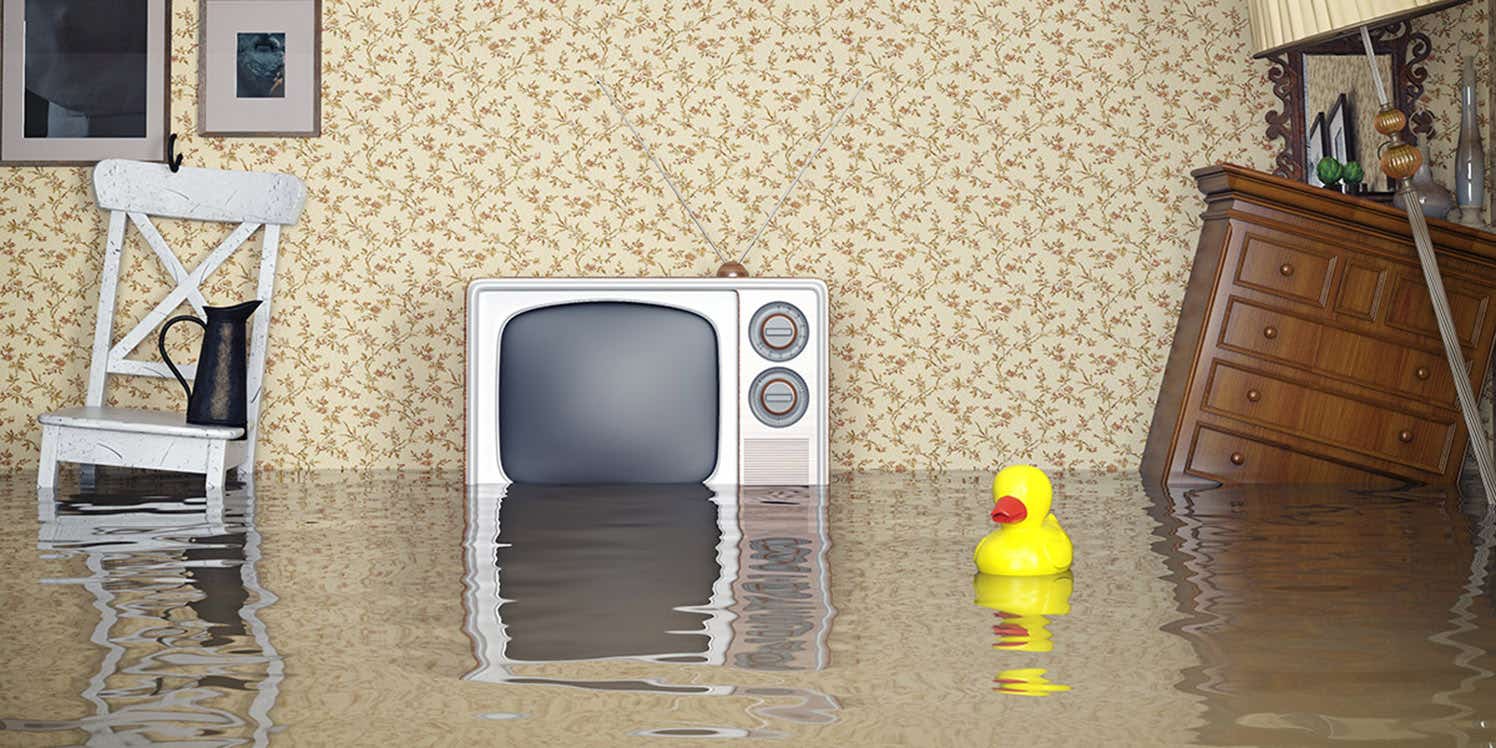Contents insurance covers personal belongings in your home against theft or damage. This can include items like furniture, carpets, clothes, electronics and kitchen equipment. It doesn’t cover permanent structures or fittings, such as sinks, roofs, walls and windows.
Some content insurance policies also cover items you take out of your home, for example your phone, bike or laptop. However, this isn't always included as standard and maximum payment limits, as well as excesses, will apply, so always check individual policies.
Here’s more information on what contents insurance covers











